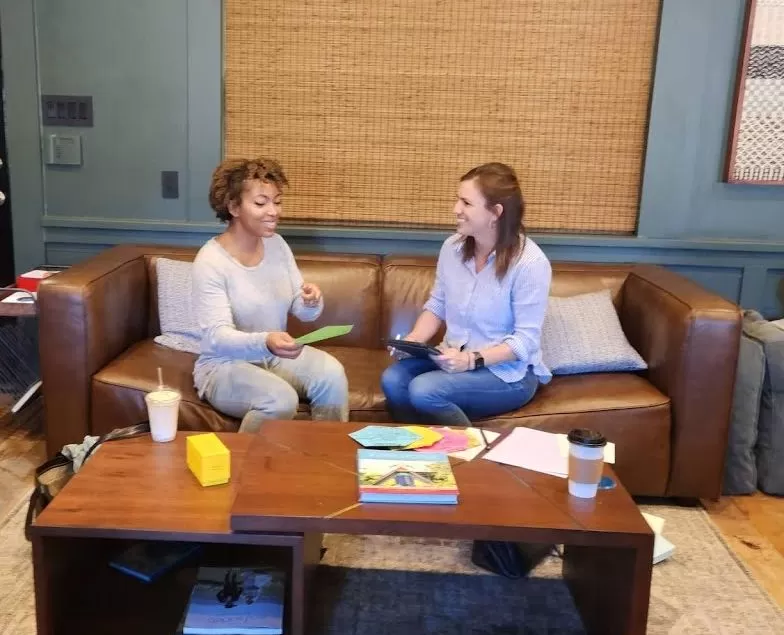Have you ever hit a creative block, feeling like your well of inspiration has run dry? I’ve been there, struggling to channel my overflowing ideas into something tangible. Picture half-baked ideas scribbled on hotel notepads, a phone filled with notes, but a sense of paralysis when it comes to bringing them to life. I needed clarity, and that’s exactly what I found with Richard Feynman’s “12 Favorite Problems” framework.
Breaking the Creative Block: Discovering the 12 Problems Framework
Every October, I reflect on the year’s accomplishments and upcoming goals. It’s a ritual that helps me start the new year with momentum. I confided in Tracy about my funk. My goal was ambitious: to publish 36 blog posts between January 1st and December 31st. Despite having a wealth of valuable work and concepts that could genuinely benefit our clients, I found myself stuck. I had set this target and a deadline, but without a clear plan on how to achieve it. It’s a familiar scenario, isn’t it? Setting goals without a roadmap. Have you ever found yourself in a similar situation or inadvertently placed your team in one?

That’s when Tracy, with her usual brilliance, introduced me to a life-changing concept: the 12 Problems Framework. Introduced by Nobel Peace Prize winner and physicist, Richard Feynman, this approach ignites creativity through passion and focus. At its core, this framework is simple yet profound – identify 12 topics you’re deeply passionate about, and watch as your creativity reawakens. It made me realize that my creative block might stem from three key deficiencies:
- Focus: How do I keep my priorities at the forefront of my mind?
- Clarity: What exactly are my top priorities?
- Passion: What needs to align or happen for me to feel truly excited and engaged?
By addressing these aspects, I could recalibrate my approach and reignite the creative fire needed to meet my publishing goals.
Finding Your 12 Favorite Problems

Learning about the “12 Problems Framework” initially filled me with excitement, but doubts soon crept in. The task of coming up with 36 blog posts seemed insurmountable, especially since I couldn’t initially pinpoint 12 significant problems. Here’s the process I followed to overcome this hurdle:
- Embrace Quiet Reflection: I set aside uninterrupted time to reflect deeply on various aspects of my personal and professional life. This involved jotting down my strengths, weaknesses, fears, interests, and aspirations. Whether you’re focusing on your personal development, your team’s dynamics, or your organization’s challenges, this introspective step is crucial.
- Identify Recurring Themes: As I reviewed my notes, certain themes began to stand out. I asked myself: What topics consistently capture my attention? Which issues could I spend hours discussing or pondering? This step is about finding those themes that resonate deeply with you—topics that feel both challenging and exciting.
- Formulate Open-Ended Questions: Transforming these themes into open-ended questions was my next step. Phrases like “How can we…” or “What would be possible if…” or “What does it look like to…” or “What can be learned about…” helped me turn vague ideas into tangible problems to explore. This step is about reframing challenges as opportunities for exploration and innovation.
- Categorize and Prioritize: With a list of potential problems, I began categorizing them into broader categories such as personal development, technology, and creativity. This helped me prioritize which areas were most critical to address in my content. For each problem, I considered its implications, potential benefits, and why addressing it was necessary.
- Develop Actionable Outcomes: For each identified problem, I outlined what a successful exploration or resolution might look like. This step transformed abstract concepts into concrete goals, making the process of addressing these problems in my content more manageable.
- Plan for Diverse Content: Lastly, I aimed for a variety. This is essential to keep the audience (and myself) engaged.

Bringing It All Together
Armed with these 12 problems, I turned my creative slump into a 12-month content calendar. This method provided structure and reignited my passion for writing and sharing ideas that help our clients thrive. You don’t have to stop at problem statements. You can convert them into aspirational goals. My list of problems became 12 superpowers. Here’s a glimpse of the 12 superpowers that Lead with Levity will focus on in 2024. We’re recruiting podcast guests. If you know anyone who embodies these superpowers, reach out!
LWL Podcast Guest Flyer by Heather RYour Turn to Discover
This post is designed to support the following superpowers: Clarity at the Core, Superhuman Progress, and Energy because the clarity you will gain from this activity will give you the energy and focus needed to make meaningful progress. To help you get started, I created a worksheet that you can download and complete.
Get Inspired by Others
- Julia Saxena discusses her 12 favorite problems that range from personal development to creating impactful learning experiences. These problems include how to balance learning, creating, and resting, and how to live a life true to oneself while balancing family needs.
- Russ Heritage‘s perspective on using the framework to create specific, counter-intuitive, and cross-disciplinary questions.
- Melissa Menke‘s application of the framework to focus her writing and thinking. Her list includes diverse issues like how to give away a billion dollars, promote better health through city design, and build purpose-driven businesses.
- Stephen Longo‘s list of favorite problems is a framework for decision-making and organizing his interests. His problems range from financial planning to personal development and family life.
Wrap Up
Embracing the “12 Favorite Problems” framework helped me overcome a creative block and empowered me to plan a year’s worth of content with renewed vigor and clarity. I encourage you to try this method and see where it takes you.
